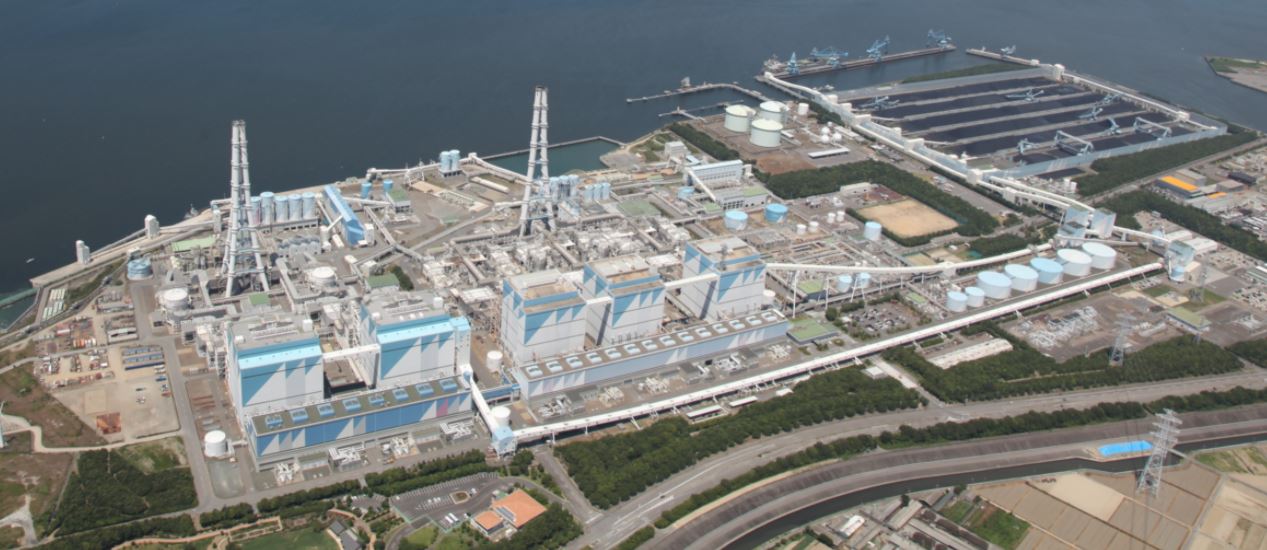Japan’s LNG trading giant Jera on Thursday set out its 2035 emission targets, as it looks to boost the development of renewable energy projects, zero-emission thermal power generation technologies, and establish hydrogen and ammonia supply chains.
In October 2020, Jera revealed its 2050 objective, under which it aims to achieve zero CO2 emissions from its business both in Japan and overseas by 2050 through complementary renewables and zero-emission thermal power plants.
“Given the steady progress of its business and changes in the business environment, Jera has established a new corporate vision for 2035 that clarifies its long-term vision,” it said in a statement on Thursday.
Under the new plan, the joint venture of Tepco and Chubu Electric aims to reduce CO2 emissions from domestic operations by at least 60 percent, relative to fiscal 2013, by fiscal 2035.
Given the expanded adoption of renewable energy based on the national government’s 2050 carbon neutral policy, Jera said it would strive to develop and adopt renewable energy in Japan.
Also, Jera will work to reduce carbon emission intensity from thermal power generation by promoting hydrogen and ammonia co-firing.
The JV said it aims to start a demonstration test with an ammonia co-firing rate of 20 percent at the fourth unit of its coal-fueled Hekinan thermal power station by fiscal 2024.
In addition, Jera plans another demonstration test with a co-firing rate of at least 50 percent at the plant’s fifth unit by fiscal 2028. It aims for commercial operation at the same co-firing rate.
Jera also said it aims to conduct a demonstration test with a hydrogen co-firing rate of 30 percent by volume using its gas turbine combustor by fiscal 2025 with the aim of commercial operation in the mid 2030s.

